The Bulgarian Split Squat
If there’s one exercise TFR client dread seeing in their programme each month, it has to be the mighty Bulgarian Split Squat. An exercise guaranteed to have your legs quivering by the end of the workout, and your muscles aching the next day! But trust us, we wouldn’t put them in there if they weren’t good for you!
So, why do we love Bulgarian Split Squats so much, and how can you make sure you’re getting the most from the exercise?
What are the benefits of Bulgarian Split Squats?
Leg Strength
Bulgarian Split Squats work the entirety of the legs, building strength across the quads, hamstrings, glutes, adductors and even the calves. Being a unilateral exercise means you can help to correct to correct strength imbalances between either leg.
Balance and Stability
Any unilateral exercise forces your core to work hard to stabilise the body through the movement; but the elevated foot position used during the Bulgarian Split Squat puts an even greater demand on your core, helping to improve overall balance and stability.
Reduced Risk of Injury
By strengthening the muscles all around the knee and hip joints, the BSS helps to reduce the risk of injury which is more common when there is uneven strength across the anterior and posterior chains. The exercise also builds functional fitness in the legs, helping to improve daily activities such as walking or climbing stairs.
Muscle Hypertrophy
When performed with appropriate resistance, Bulgarian Split Squats can contribute significantly to muscle hypertrophy in the legs, whilst placing the lower back under less strain than a conventional Back Squat or the Deadlift.
Training Variety
When it comes to seeing consistent progress with your results, training variety is important, and Bulgarian Split Squats will help to provide a different stimulus to the muscles to prevent plateaus and keep your workouts interesting.
Bulgarian Split Squats Muscles Worked
The reason Bulgarian Split Squats are so effective, and tough, is that they work almost the entirety of the lower body; however, the primary muscles worked are the quads and glutes, with assistance from the hamstrings, adductors and calves. The unilateral nature of the exercise also means that the core muscles are heavily recruited to stabilse the body throughout the movement!
How to perform the Bulgarian Split Squat
Stand a few feet in front of a low bench or step and extend one leg backwards (ideally weakest first) to rest the toe onto the bench.
Brace your core and make sure your body is balanced before driving your front knee forwards and down, allowing your body to lean forwards slightly as you descend.
When you’ve reached the end of your range, push through the foot on the floor to return to the start position.
Complete all the prescribed repetitions on the first leg before repeating on the second.
More about training legs…
If you liked this, why not learn more about how and why to add Front Squats to your programme.

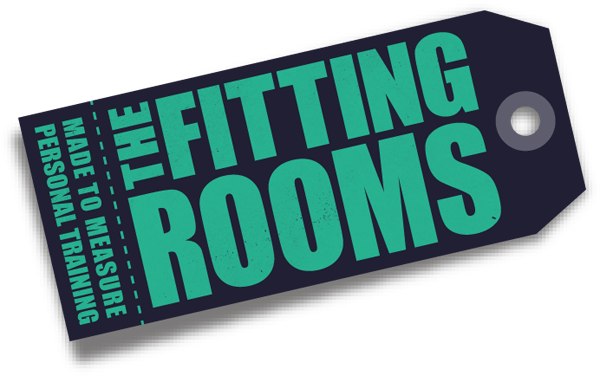
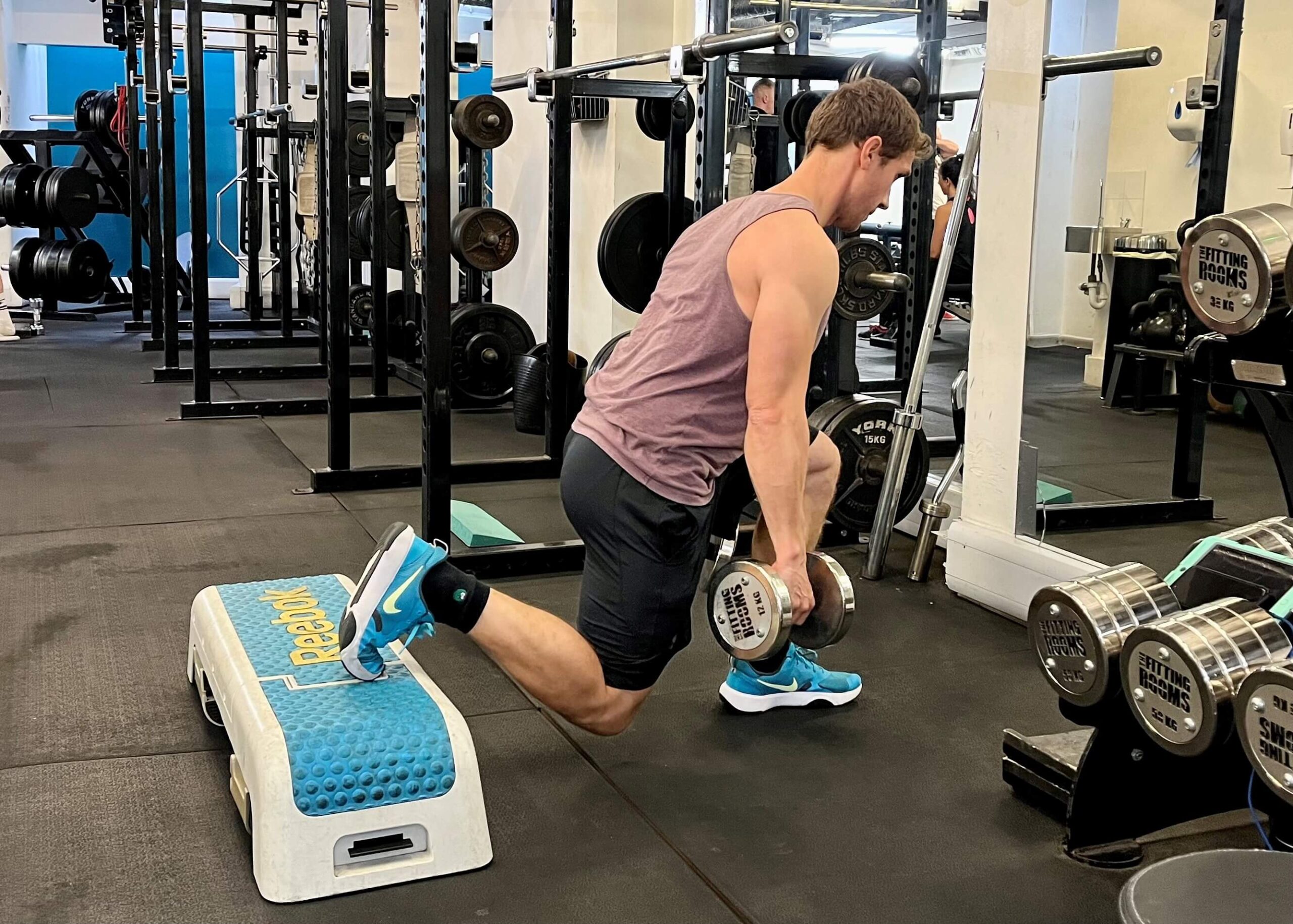
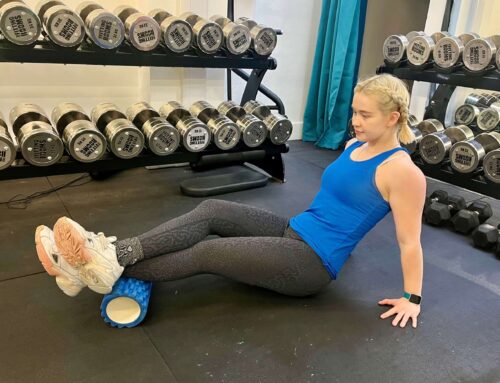
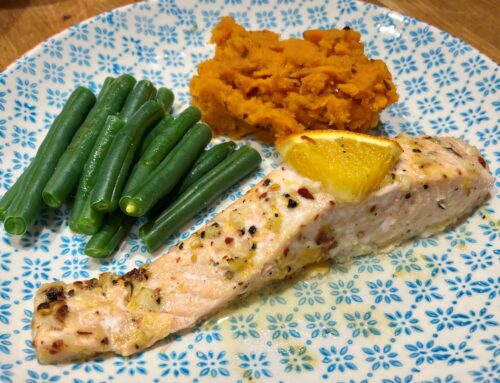
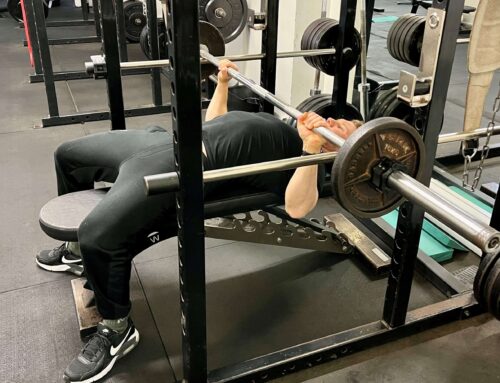


Leave A Comment